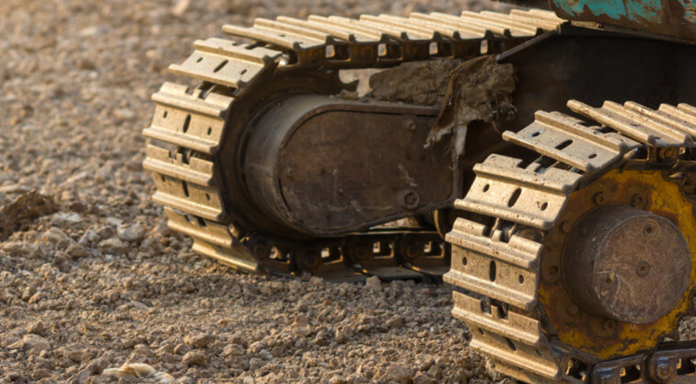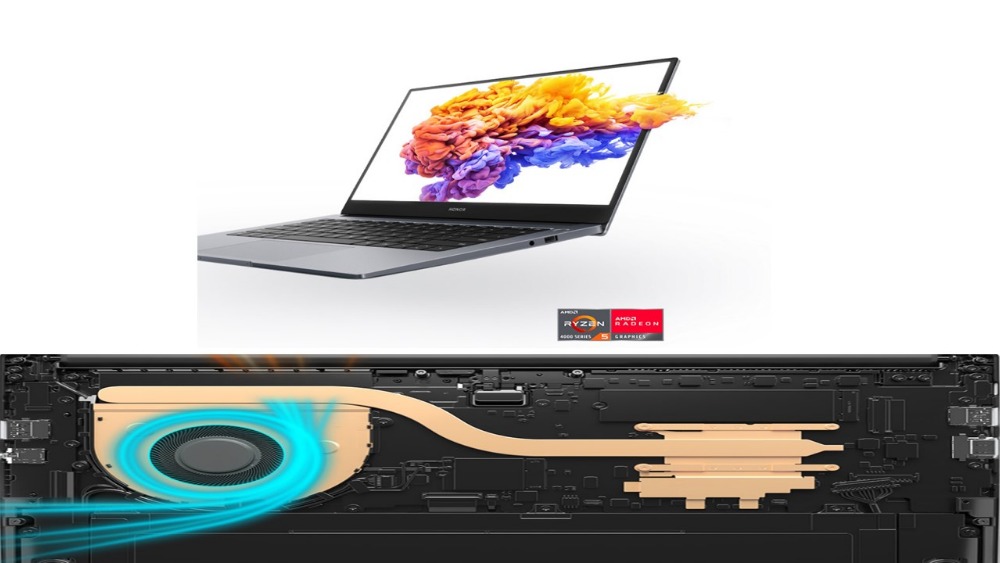Forged connecting rods are vital components in high-overall performance engines, serving a vital position in changing the linear motion of the piston into the rotational movement required to pressure the car. In contrast to forged or powdered metallic rods, forged connecting rods are produced through a system that involves heating a strong metal billet and applying intense strain to form it. This method results in a rod with advanced mechanical properties, including more desirable electricity and sturdiness.
The forging method aligns the steel’s grain shape, making it extra proof against pressure, fatigue, and deformation below high loads. That is particularly important in high-performance engines, wherein additives are subjected to high conditions and substantial forces. forged connecting rods offer advanced reliability and overall performance, ensuring that the engine operates efficaciously and correctly.
Role Of Forged Connecting Rods in High Performance Engines
Here’s a detailed examine why forged rods are desired over forged or powdered metal options.
Superior Strength and Durability
forged connecting rods are famous for their superior strength and stability. The forging process involves heating a stable metallic billet and making use of high stress to form it, resulting in a greater uniform grain shape in comparison to forged or powdered metal rods. This dense, aligned grain shape enhances the rod’s resistance to stress and fatigue, making it capable of withstanding the high forces skilled in overall performance engines.
Enhanced Resistance to Fatigue
High-performance engines function below high conditions, with components experiencing tremendous strain and vibration. forged connecting rods excel in those environments due to their improved fatigue resistance. The forging process does not most effectively align the metal’s grain shape; however, it additionally removes inner voids and defects, decreasing the chance of cracks or fractures. This sturdiness ensures that forged rods hold their integrity and overall performance over the years, even beneath intense loads.
Improved Performance and Reliability
In overall performance engines, reliability and performance are vital. Forged connecting rods contribute to both by supplying a high level of power and resistance to failure. Their ability to handle extra masses and face up to deformation ensures that the engine plays correctly and reliably. Moreover, the precision production worried in forging enables maintaining steady dimensions and stability, which is essential for top-of-the-line engine performance.
Superior Material Properties
The material properties of forged connecting rods are another thing that makes them best for high-overall performance packages. Forged rods are commonly crafted from remarkable alloys, including steel or aluminum, which offer fantastic strength-to-weight ratios. These substances are cautiously selected and processed to ensure that the rods can resist high temperatures and mechanical stresses without compromising their structural integrity.
Enhanced Safety Margins
Safety is a vital consideration in high-overall performance engines. forged connecting rods provide superior protection margins due to their superior strength and durability. The reduced danger of element failure translates right into a lower chance of engine harm or catastrophic failure. This introduced safety margin is in particular important in high-revving or high-torque applications, in which the forces on the connecting rods are substantially greater.
Cost and Manufacturing Considerations
At the same time as forged connecting rods are normally more costly than forged or powdered metal alternatives, their benefits often justify the cost in high-overall performance applications. The forging system is extra exertions-in-depth and requires a specialized device, which contributes to the higher price. However, the stepped-forward performance, reliability, and toughness of forged rods can offset those charges, making them a profitable investment for severe engine developers and fanatics.
Conclusion
Forged connecting rods are desired in high-performance engines due to their superior strength, durability, and capability to face up to severe conditions. The forging manner complements the fabric homes, resistance to fatigue, and universal reliability of the connecting rods, ensuring optimal engine overall performance and safety. Although they come at a better value, the advantages of forged connecting rods make them the desired preference for high-performance applications, wherein performance and reliability are paramount.







